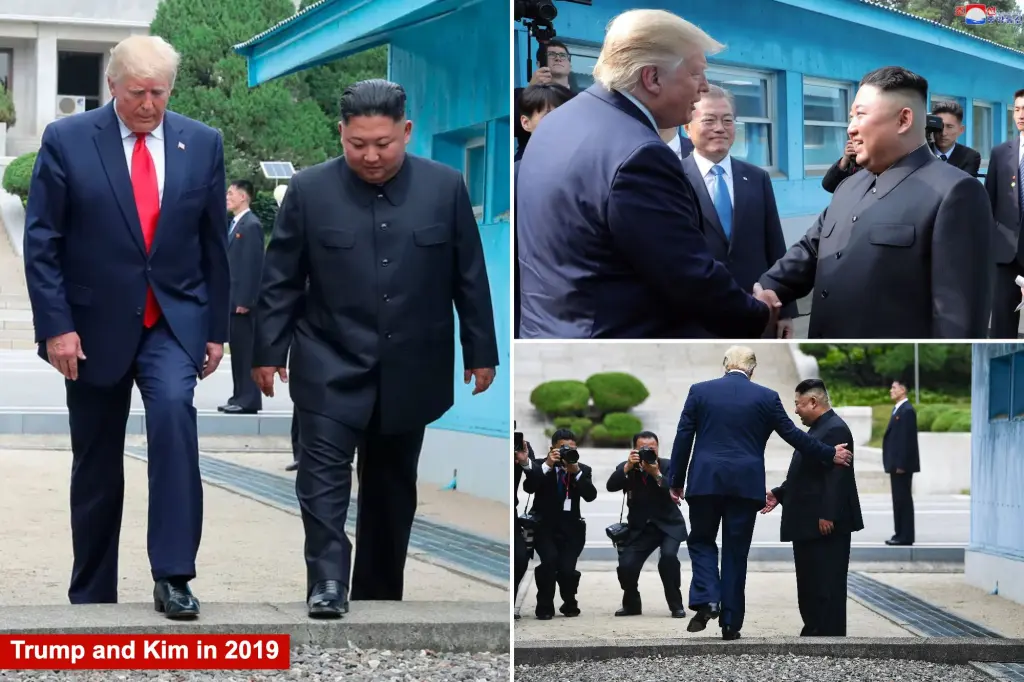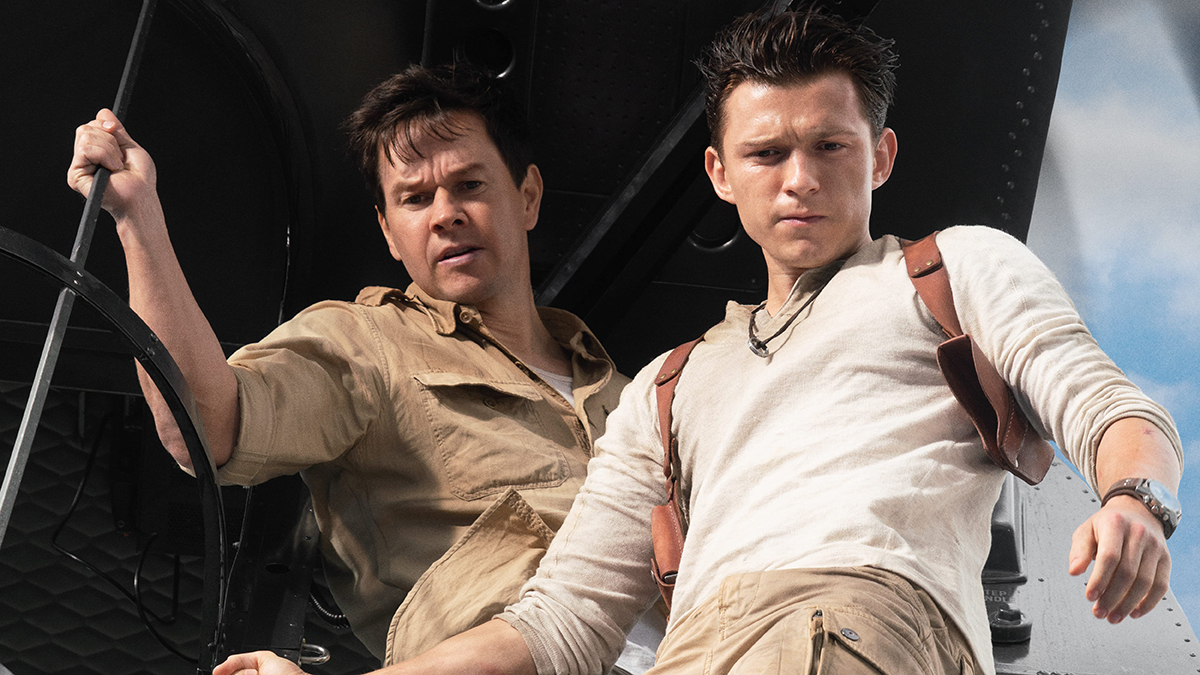By Contributor,Omaid Homayun
Copyright forbes

Insta360 X5
Max Richter grew up in Stuttgart, Germany, where his father ran a photography and advertising business. His path wasn’t linear, but those early years watching his dad work planted seeds that would eventually grow into a remarkable career.
Max studied engineering and then had a change of heart to business – always being pulled between the technical and creative worlds. Eventually, creativity won.
After graduation, Stuttgart felt too small and familiar. A German company offered his an alternative option–moving to Hong Kong. The job left him unfulfilled, but then came an inflection point. DJI, the drone manufacturer in Shenzhen, recruited him to expand their product into European markets. Max shuttled between Shenzhen and Frankfurt, helping build their European headquarters.
In 2015, Max heard about a young founder named JK who was making a big dent in the field of camera technology.
“JK was something of a campus legend,” Max explained during our interview.
He initially turned down big money offers to borrow $2,000 from his father to start his own venture. JK’s first startup was a campus livestreaming platform, where he used multiple cameras to bring the classroom experience to students at home. By 2014, he shifted to hardware, moving to Shenzhen to tap into the world’s fast-moving hardware ecosystem.
Max Richter, co-founder and VP of Marketing
MORE FOR YOU
When Max had his first look of Insta360s early product–the 360 4K Beta, which literally had “beta” in the name–it was a little rough around the edges. “It was a little gimmicky, techy, and it wasn’t perfect yet,” Max admits. Nonetheless, something about the ambition of the company kept him interested. “What I liked about the company is that they were open-minded and had a good feel for the user.” Max made the pivot from DJI to Insta360.
Things were moving quickly from the get-go. With a fusion of capital from a VC that was known for making bets on people over valuations, they launched the Insta360 Nano – the first consumer-grade smartphone attachable 360 camera. At CES, Steve Wozniak called it “an amazing product” and posed for a selfie with the team. The validation was invaluable.
But 2017 nearly broke them.
The market was getting crowded. Samsung entered the 360 camera industry with limitless resources. Japanese camera company, Ricoh, was also competing in the space. Insta360 had over 100 people on payroll with no hero product in sight – along with intense operational pressure.
Max described this as the toughest time at the company. But instead of doubling down on a losing strategy, he admired JK’s courage to pivot. The team observed their users and noticed they weren’t just using the Insta360 One just for livestreaming, as intended. Instead, they were mounting it on helmets and selfie sticks to capture activities like skiing and mountain biking.
So they pivoted by introducing FlowState, a proprietary stabilization algorithm that delivered smooth, shake-free footage essential for action sports. “By repositioning the product and by adding new software features, we were able to enter markets that may have even more potential or a stronger product market fit,” Max explained. By 2018, the Insta360 One X became the number one 360 camera, surpassing Samsung and Ricoh. Samsung gave up on 360 cameras. Insta360’s annual revenue hit $30 million, putting them just behind GoPro.
In 2019, Max had a chance conversation at CES with the Leica team – his father’s favorite camera brand. He saw an opportunity to develop a partnership to bring together German refined engineering with Insta360’s software innovation.
Together, they co-engineered the Insta360 One R – one of the first modular action cameras where you could switch between 360-degree and traditional wide-angle lenses. The one-inch edition’s wide-angle lens featured Leica’s imaging expertise. “It also connected the dots a little bit and I really got proud about this,” Max says of the partnership. When Max told his father about it, he was surprised. It was a full-circle moment—the photographer’s son, now partnering with the very brand that had filled his childhood home.
Parents mount them on hats to capture organic moments with their kids. One video of a camera mounted on a child’s cap went viral, becoming one of the top 20 most-liked posts in Instagram history.
It’s different from GoPro’s approach. “Our cameras are made for a wider range of consumers,” Max notes. “It’s not only those highly cinematic moments, it’s also these true authentic moments that we really appreciate.”
Insta360 X5
The invisible selfie stick creates aerial drone-like perspectives. AI helps users find the best moments automatically. Content creator Karen X. Chang went from 5,000 followers to millions using Insta360’s capabilities, inventing the “No Drone, No Problem” campaign that showcased the camera’s unique abilities.
Max’s best career advice which has guided him, stems from his father: don’t chase money alone. “What I learned is that it’s not just about the money. I think it’s definitely part of it, but you should do what you truly love and take into consideration the impact it can have on society. These are better motivations than just financial upside.”
Typically, Max checks the company Facebook groups and Instagram tags in the morning. “I love to see who tags us and what people do with our cameras on social media – because it’s what ultimately drives our own inspiration.”
The mission of the company is to help people better capture and share their lives. JK’s early motto was to move fast and break things. Even after the company received more funding and resources, it’s something that the company has lived by – and it’s what’s helped them keep their edge.
Max has traveled to nearly 50 countries for work. Being immersed in different cultures has taught him many lessons. It’s gotten him out of his comfort zone, being forced to adapt to his environment. “The international experience has helped me become more open-minded,” he reflected.
The most important lesson from the last decade? “Probably at some points when it’s where you’re the closest to giving up, I think that’s usually time where you need that extra energy and extra motivation to keep going the extra mile. And if you do that, you’d actually become successful.”
When revenue plummeted during the pandemic, that’s where resilience was paramount. “You have to stay resilient and stay on your path,” Max explained. There were sacrifices along the journey. Max lost touch with many friends because of his constant travel. But the fuel for him was user feedback – seeing what people were creating each morning with Insta360 cameras.
To keep a clear mind, Max prioritizes working out almost every morning. “It gives me some sort of meditation state,” he said.
He speaks four languages—German, English, French, and Chinese. His days could stretch until 1:00 AM, juggling calls across time zones—LA in the morning, Japan during the day, Berlin in the evening.
Advice for the next generation? “If you find your passion, I think that’s ultimately where you’ll succeed because you’ll work harder and excel at something because you are passionate about it.”
Don’t overthink possibilities. “Sometimes it’s just the best to start doing it and learn along the way and it’s completely okay or also have failures or wrong decisions. But it’s what taught me also our journey is 360, is that you have to keep trying.”
From Stuttgart to Hong Kong to Shenzhen, from DJI to a startup with “beta” in the product name, from nearly running out of cash in 2017 to partnering with Apple and Leica—Max Richter’s journey with Insta360 embodies what happens when engineering meets creativity, when user observation drives innovation, and when resilience refuses to quit.
The photographer’s son found his calling not in traditional cameras, but in reimagining how we capture and share our lives. And every morning, he checks what users are creating, finding fuel for another day of building memory capturing machines.
Editorial StandardsReprints & Permissions



